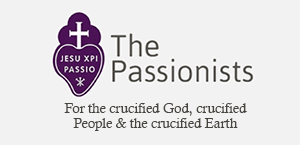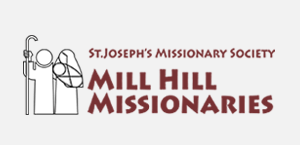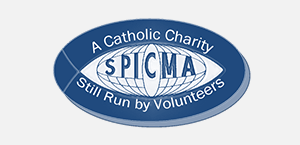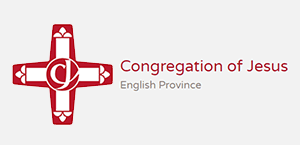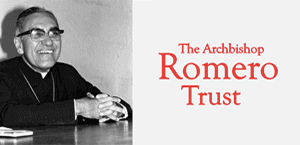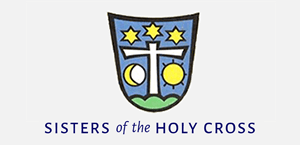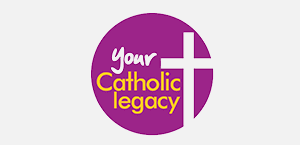Gospel in Art: Caiaphas said: it is better for one man to die
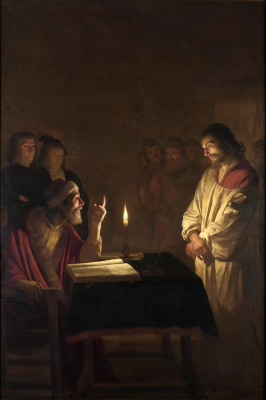
Christ before the High Priest, by Gerard van Honthorst, 1617 © National Gallery, London
Source: Christian Art
Gospel of 23 March 2024
John 11:45-56
Many of the Jews who had come to visit Mary and had seen what Jesus did believed in him, but some of them went to tell the Pharisees what Jesus had done. Then the chief priests and Pharisees called a meeting. 'Here is this man working all these signs' they said 'and what action are we taking? If we let him go on in this way everybody will believe in him, and the Romans will come and destroy the Holy Place and our nation.' One of them, Caiaphas, the high priest that year, said, 'You do not seem to have grasped the situation at all; you fail to see that it is better for one man to die for the people, than for the whole nation to be destroyed.' He did not speak in his own person, it was as high priest that he made this prophecy that Jesus was to die for the nation - and not for the nation only, but to gather together in unity the scattered children of God. From that day they were determined to kill him. So Jesus no longer went about openly among the Jews, but left the district for a town called Ephraim, in the country bordering on the desert, and stayed there with his disciples.
The Jewish Passover drew near, and many of the country people who had gone up to Jerusalem to purify themselves looked out for Jesus, saying to one another as they stood about in the Temple, 'What do you think? Will he come to the festival or not?'
Reflection on the painting
Our painting is by Gerard van Honthorst, painted around 1617. It is very atmospheric, depicting Christ's trial before the Sanhedrin, with Caiaphas seated by the table. If one were to draw two diagonal lines, one from each corner, the lines would meet at the very middle of the painting, the location of the lit candle, the light. Its shimmering flame illuminates the faces of Christ and Caiaphas, but not much else. The picture hints at why, when he worked in Rome between 1610 and 1620 (when he painted this canvas), Honthorst's nickname was Gherardo della Notte (Gherardo of the Night). He indeed employs a dramatic use of chiaroscuro, a technique characterised by strong contrasts between light and dark, to focus the viewer's attention on the central figures of Christ and the high priest.
Christ stands with his hands bound. Caiaphas is depicted with a furrowed brow and a skeptical, accusatory gaze. Between them, on the table, lies an open book, symbolising the Law under which Christ is being interrogated. Caiaphas had organised a plot to kill Jesus. He presided over the Sanhedrin trial of Jesus, which followed his arrest in Jerusalem and happened prior to Jesus' appearance before Pontius Pilate. Caiaphas and the Sandrehin were fearful that their own influence and power would diminish if they let Jesus live. Caiaphas voices in our reading what many of them were thinking: Jesus had to die! Caiaphas justifies this course of action by saying that it was 'better for one man to die rather than have the nation torn apart'. Thus the stage is set for Holy Week.
Pragmatism is a quality that is often admired in political leaders. Caiaphas is an example of a rather deadly form of political pragmatism. Jesus was a threat and therefore should be eliminated. This particular individual is expendable for the sake of the nation as a whole. That outlook of considering one individual as expendable for the sake of the perceived good of the majority is not unique to the time and place of Jesus. It has always been around and still is. It is opposite to the outlook of Jesus. For Jesus, the individual was everything. Jesus is the good shepherd who calls his own by name; he called Lazarus from the tomb by name; he called Zacchaeus down from his tree by name; he called Mary Magdalene outside the empty tomb by name. The individual was of infinite value to Jesus. The Lord calls each of us by name; we are each precious in his sight, no matter what the rest of the world thinks of us.
LINKS
Gospel in Art: https://christian.art/
Today's Reflection: https://christian.art/daily-gospel-reading/john-11-45-56-2024/
Competition: The Laudamus Award 2024 for Sacred Art - www.indcatholicnews.com/news/49310









